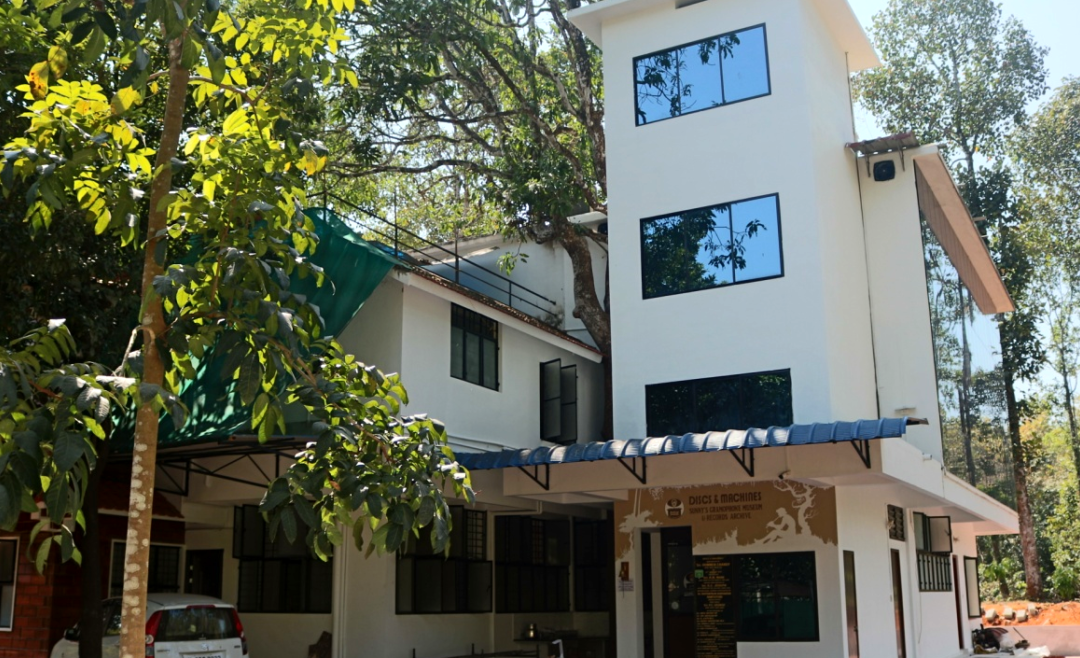India was the hub of the gramophone record industry during the first half of the last century except the American continent. During this period, audio recordings were marketed in the form of gramophone records made of a mixture of Shellac, slate powder and carbon powder. Due to the availability of raw materials, mainly shellac, a secretion of the lac insect found mostly in North India, and also the transportation convenience offered by Kolkata, The Gramophone and Typewriter Ltd, London, started an office in Calcutta in 1901. Soon after, Indian artists started to record their songs in 1902 and the first record pressing plant was opened in 1908 in Kolkata.
Also Read: How Indian Museums Can Transform Post Pandemic
The present generation has no idea about the hardships the music industry and music lovers had experienced in the past. It’ll amuse the present generation to know that during the 1900s a three-minute song weighed 450 grams. Records of this period were single-sided and a 12-inch diameter shellac record could hold only a three-minute song. In time things improved and a vinyl record of the same size could hold 45 to 60 minutes recording. The weight, too, reduced to 250 grams. Now, sound has no weight. A pen drive can hold songs to last a lifetime.
Here some of the exhibits you’ll find in the museum:
The Exhibits
On the upper floor, you’ll find machines used for reproducing recorded sound. Old household articles, music instruments and some vintage vehicles are also displayed. The archive mainly hosts the various types of recorded media such cylinder and disc records (mechanical), wire, magnetic tapes, cassette tapes (magnetic), LDs, CDs, Blue-ray (laser) optical devices used to record film soundtracks.
The Archive
The archive has a collection of nearly one lakh gramophone records made of Shellac and Vinyl. The earliest disc is “E.Berliner’s Gramophone” label single side record without a paper label. The flip side of this single side 7” size record has the trademark, “Recording Angel” with the writing, GRAMMOPHON (Gramophone in German). “Gramophone Record” was the label name for 7” records, which was discontinued by 1908 for 10” and 12” size records with longer time recording. The first Indian recording was made on 8 November 1902 by a 14-year-old dancing girl, Soshi Mukhi. This very first Indian record is the oldest Indian record in the archive. There are many historical recordings in the archive in the vast collection of early period audio recordings.
Wire Recorders
The earliest Magnetic recording equipment to be marketed were wire recorders from “Webster Chicago” in 1948. The museum has a small collection of home recordings of Mohammed Rafi, Harindranath among others.
Magnetic tapes and Cassettes and Players
Plastic tapes coated with magnetic oxides came as open spools and cassettes in many shapes and size.
Laser Recording and Playback
In the 1980s, gramophone records became obsolete and tape recorders were the major players in the field of audio recording. We later had laser records of 12″ double side which were replaced by single-sided 5” compact discs.
Optical Recording of Movie films
Sound recording on movie films are printed along with the film and playback is by the light used for the projection of the picture.
‘Discs & Machines – Sunny’s Gramophone Museum and Records Archive’ in Kottayam, Kerala is temporarily closed due to the coronavirus pandemic. You can visit the museum by making an appointment once it reopens. Sunny Mathew can be contacted on 9387473424.
~ENDS~















Recent Comments